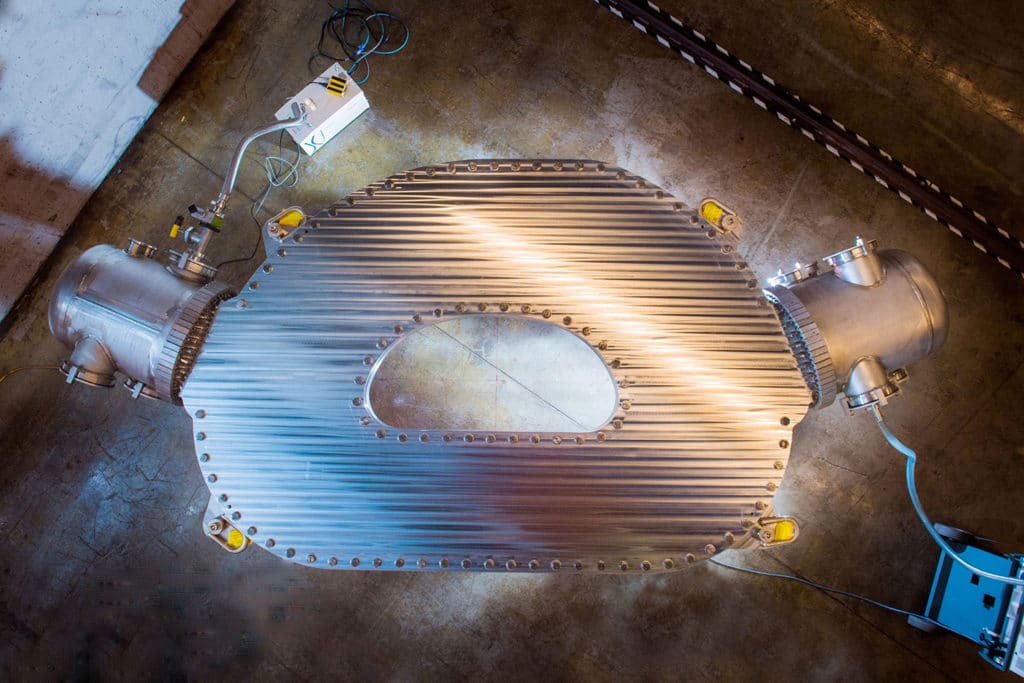The future of clean energy appears to be on the horizon. After three years of intensive research, a team led by scientists at the Massachusetts Institute of Technology (MIT) ramped up a large high-temperature superconducting electromagnet to generate a record-breaking magnetic field with a strength of 20 teslas, the most powerful magnetic field of its kind ever created on Earth.
The MIT scientists collaborated with Cambridge and the Bill Gates-backed Commonwealth Fusion Systems (CFS) to create the world’s strongest fusion magnet, tested at the MIT Plasma Science and Fusion Center in Cambridge, Massachusetts. During the test, it generated a strong magnetic field needed for the fusion process while using only 30 watts of power.
The fruitful experiment, which took place for the first time on September 5, helps improve the world’s first fusion power plant capable of producing more energy than it consumes. Furthermore, they claim that this breakthrough opens the door to the long-awaited development of practical, low-cost, carbon-free power plants that could help mitigate the effects of global climate change.
Superconductors, typically metals and alloys cooled to the point where they conduct electricity without resistance, are used to make superconducting magnets. The temperature at which that change occurs, however, is critical. Superconductors must be cooled to -273 degrees Celsius, or absolute zero, to work. It does, however, necessitate a massive infrastructure network as well as a significant amount of energy. High-temperature superconductors, however, can operate at temperatures as low as -173 degrees Celsius, with far less energy and bulk.
“[T]he new high-temperature superconductor material, made in the form of a flat, ribbon-like tape, makes it possible to achieve a higher magnetic field in a smaller device, equaling the performance that would be achieved in an apparatus 40 times larger in volume using conventional low-temperature superconducting magnets,” MIT wrote in a statement.
But how does this have anything to do with the development of nuclear fusion energy? Nuclear fusion reactors, for instance, rely heavily on magnets. A typical fusion reactor is donut-shaped, with insulation layers containing a stream of sun-hot elemental plasma. Because the plasma would melt almost any substance on Earth, it’s logical to use the most powerful magnets available to hold it in place.
With the magnet technology now successfully demonstrated, the MIT-CFS collaboration is on track to build the world’s first fusion machine device that can create and confine a plasma that produces more energy than it consumes. According to a statement from MIT, the demonstration device, called SPARC, is scheduled to be completed in 2025.
“I now am genuinely optimistic that SPARC can achieve net positive energy, based on the demonstrated performance of the magnets,” says Maria Zuber, MIT’s vice president for research. “The next step is to scale up, to build an actual power plant. There are still many challenges ahead, not the least of which is developing a design that allows for reliable, sustained operation. And realizing that the goal here is commercialization, another major challenge will be economical. How do you design these power plants so it will be cost-effective to build and deploy them?”

